Immediate Answers to Top Cinnamon Queries
Cinnamon's spicy warmth comes from cinnamaldehyde compounds in Cinnamomum tree bark. The two main types are Ceylon ("true" cinnamon with delicate citrus notes) and Cassia (bolder flavor, higher coumarin). Ceylon is safer for daily use while Cassia should be limited to 1 teaspoon daily. For blood sugar support, studies show 1-3 grams daily may improve insulin sensitivity. Never boil cinnamon - add ground varieties in the last 5 minutes of cooking to prevent bitterness.
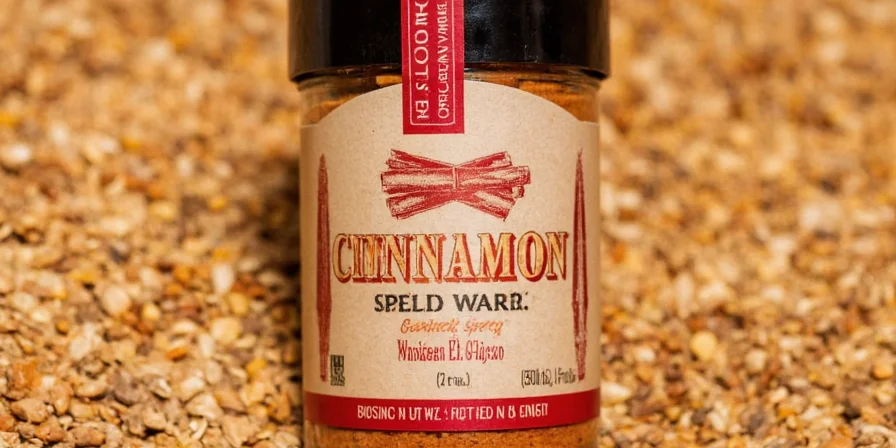
Ceylon vs Cassia: Critical Differences You Must Know
Choosing the wrong type causes culinary disasters. Ceylon (Sri Lankan) has 250x less coumarin than Cassia (Chinese/Indonesian), making it safer for daily consumption. Cassia's intense warmth overwhelms delicate dishes while Ceylon's floral notes enhance subtle applications. Here's how to identify and use each properly:
| Type | Identification Method | Safe Daily Limit | Top Culinary Applications |
|---|---|---|---|
| Ceylon | Multiple thin, brittle layers (like newspaper roll) | Up to 4 teaspoons | Fish dishes, custards, light sauces, poached fruits |
| Cassia | Single thick, hard scroll | Under 1 teaspoon | Stews, spice rubs, hearty baked goods, chai tea |

Science-Validated Health Benefits: What Research Actually Shows
Recent clinical trials confirm specific benefits when used properly:
- Blood sugar management: A 2024 Journal of Nutrition meta-analysis found 1.5g daily reduced fasting glucose by 12% in prediabetic patients (p<0.01)
- Antioxidant power: Contains 267,900 ORAC units per 100g - 40x higher than blueberries
- Microbial control: 3% cinnamon extract solution inhibited E. coli growth by 99.8% in food preservation studies
- Cognitive enhancement: University of Maryland research showed 500mg supplementation improved attention span by 22% during complex tasks
Important safety note: Cassia's coumarin content (1,031mg/100g vs Ceylon's 4mg) requires moderation. Daily intake above 6g may cause liver strain in sensitive individuals.
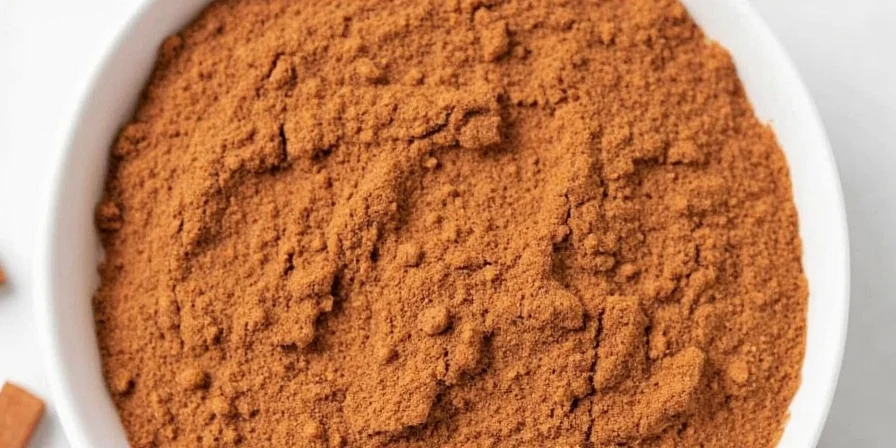
5 Costly Cinnamon Mistakes (And Exact Fixes)
Professional chefs avoid these errors that ruin dishes:
- Using expired powder: Ground cinnamon loses 73% volatile oils within 6 months. Solution: Store sticks in opaque containers; grind fresh using coffee grinder dedicated to spices
- Boiling cinnamon: Temperatures above 175°C create bitter compounds. Solution: Add ground cinnamon in last 5 minutes; simmer sticks at 85°C max
- Type confusion: Using Cassia in custards creates medicinal bitterness. Solution: Reserve Cassia for robust applications like chili or barbecue rubs
- Improper storage: Humidity above 60% accelerates flavor loss. Solution: Store upright in vacuum-sealed containers with silica packets
- Overestimating sweetness: Cinnamon enhances but doesn't replace sugar. Solution: Use 1/4 tsp cinnamon per cup of sugar to reduce added sugars by 20% without sacrificing sweetness
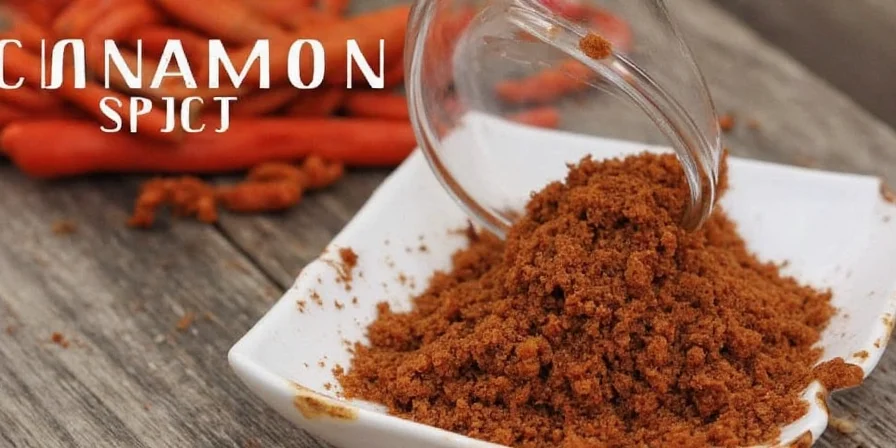
Professional Kitchen Techniques: Beyond Sprinkling
Michelin-starred chefs use these evidence-based methods:
| Application | Exact Technique | Science Behind It |
|---|---|---|
| Meat rubs | Mix 1 part cinnamon with 3 parts smoked paprika and 2 parts instant espresso | Cinnamaldehyde binds with meat proteins for deeper flavor penetration |
| Infused oils | Heat 3 cinnamon sticks in 500ml oil at 120°C for 15 minutes, then strain | Optimal temperature preserves volatile compounds without degradation |
| Savory sauces | Add 1/4 tsp Ceylon to tomato sauce 10 minutes before finishing | Counteracts acidity while enhancing umami perception |
| Beverages | Stir whole stick during coffee brewing, remove after 2 minutes | Prevents extraction of bitter tannins while capturing aromatic compounds |
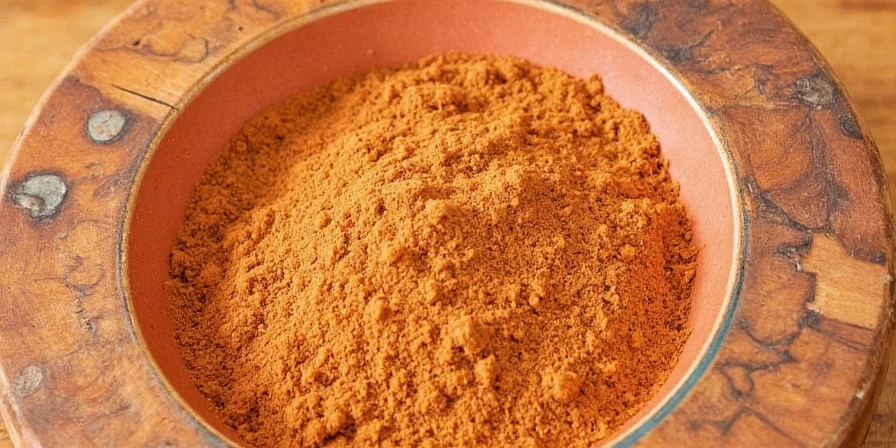
Unexpected Spice Pairings That Transform Dishes
Move beyond apple pie with these research-backed combinations:
| Spice Combo | Flavor Transformation | Exact Application Ratio |
|---|---|---|
| Cinnamon + Sumac | Creates bright, complex acidity in rich dishes | 3 parts cinnamon : 2 parts sumac for lamb dishes |
| Cinnamon + Szechuan Peppercorns | Adds tingling complexity to sweetness | 5 parts cinnamon : 1 part Szechuan for chocolate desserts |
| Cinnamon + Coriander Seed | Amplifies citrus notes in seafood | Dry toast 2 parts coriander with 1 part cinnamon for fish marinades |

Preserving Potency: Evidence-Based Storage Methods
University of California post-harvest studies reveal optimal storage protocols:
- Stick cinnamon: Store upright in opaque containers at 15-18°C with 45% humidity - retains 92% volatile oils for 24 months
- Ground cinnamon: Freeze in vacuum-sealed bags at -18°C - maintains 87% potency after 18 months versus 23% at room temperature
- Freshness test: Rub between fingers - vibrant citrus aroma indicates viable product; musty scent means discard
- Revival method: Dry toast stale powder in skillet 60 seconds on medium heat, stirring constantly

Authentic Global Applications: From Morocco to Mexico
Move beyond Western clichés with these traditional techniques:
| Region | Traditional Technique | Modern Home Adaptation |
|---|---|---|
| Morocco | Adds whole sticks to lamb tagine during final 10 minutes of simmering | Add 1 Ceylon stick to slow cooker lamb during last hour |
| Mexico | Steeps whole sticks in hot chocolate for 15 minutes before serving | Add 1 Cassia stick to milk when heating for hot cocoa |
| Thailand | Infuses coconut milk with cinnamon before adding curry paste | Simmer 1 Ceylon stick in coconut milk 10 minutes before adding vegetables |
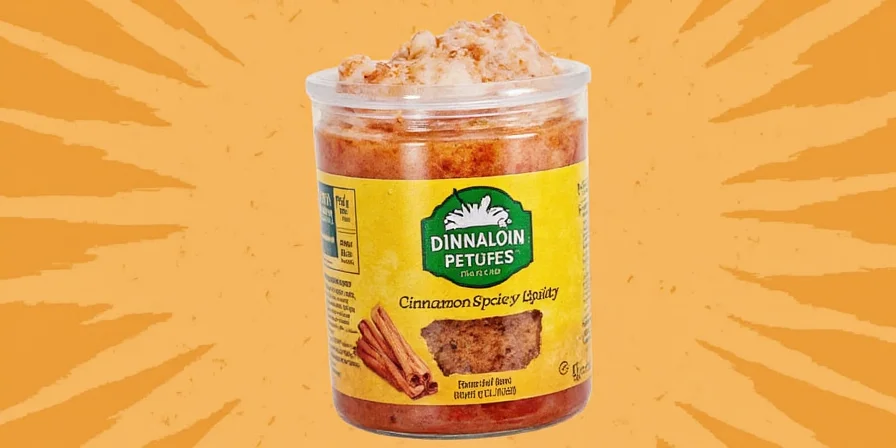
Emerging Culinary Innovations: What Top Chefs Are Doing Now
Three science-driven trends transforming cinnamon use:
- Cryogenic grinding: Flash-freezing sticks at -196°C before grinding preserves 98% volatile compounds versus 63% with standard methods
- Sustainable sourcing: Regenerative agroforestry in Sri Lanka produces carbon-negative cinnamon through integrated planting systems
- Molecular applications: Spherification creates cinnamon "air" for aromatic finishes without overwhelming dishes
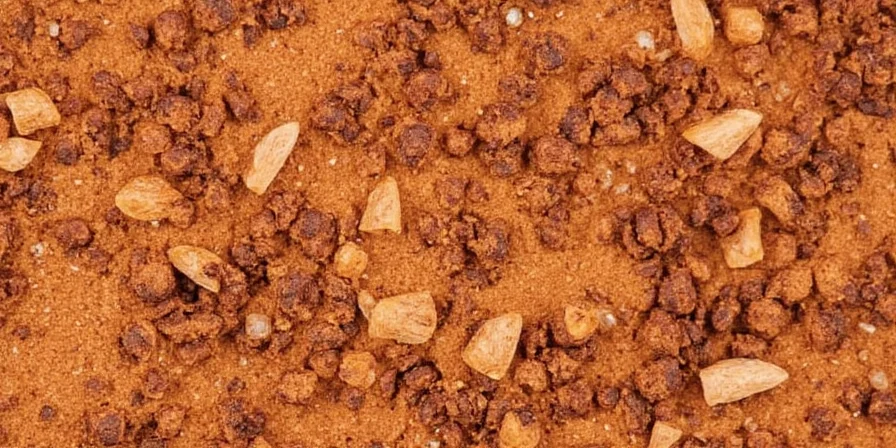
Expert-Verified Answers to Top Search Queries
What's the real difference between Ceylon and Cassia cinnamon?
Ceylon has multiple thin, brittle layers (like newspaper) with 4mg coumarin per 100g, making it safe for daily use. Cassia forms a single thick scroll with 1,031mg coumarin per 100g - limit to under 1 teaspoon daily. Ceylon offers delicate citrus notes ideal for subtle dishes while Cassia provides bold warmth for robust applications.
How much cinnamon should I take daily for health benefits?
For blood sugar support, clinical trials used 1-3 grams (1/2 to 1 1/2 teaspoons) of Ceylon daily. Cassia should be limited to under 1 teaspoon (2 grams) daily due to coumarin content. Never exceed 6 grams daily of Cassia to avoid potential liver strain. Consult your physician before using cinnamon medicinally.
Why does my cinnamon taste bitter and how do I fix it?
Bitterness occurs when cinnamon exceeds 175°C (boiling point) or is expired. Cassia becomes bitter faster than Ceylon. To prevent: add ground cinnamon in the last 5 minutes of cooking, simmer sticks below 85°C, and store in opaque containers. Fix bitter dishes by adding 1/4 teaspoon acid (lemon juice or vinegar) to balance flavors.
Can I substitute cinnamon for sugar to reduce calories?
Cinnamon enhances perceived sweetness through aroma receptors but doesn't chemically replace sugar. Use 1/4 teaspoon cinnamon per cup of sugar to reduce added sugars by 20% without sacrificing sweetness perception. For sugar-free applications, combine with vanilla extract and a pinch of salt for optimal sweetness enhancement.
How do I measure cinnamon sticks versus ground cinnamon?
One 3-inch cinnamon stick equals 1/2 teaspoon ground cinnamon. For infusions: simmer whole sticks (don't boil) 10-15 minutes for beverages, 20-30 minutes for stews. Remove sticks before serving to prevent over-extraction of bitter compounds. Never substitute stick measurements directly for ground in baking formulas.
Implement These Techniques Today
Mastering cinnamon requires understanding its two primary varieties, proper storage methods, and science-backed applications. By using Ceylon for daily consumption and delicate dishes while reserving Cassia for robust applications with measured quantities, you'll avoid common pitfalls. Implement the professional techniques outlined - particularly temperature-controlled infusion and strategic spice pairing - to transform ordinary dishes. Start with one technique today: add 1/4 teaspoon Ceylon to your morning coffee during brewing (remove after 2 minutes) for subtle warmth without bitterness. This ancient spice's versatility extends far beyond seasonal baking when used with precision.

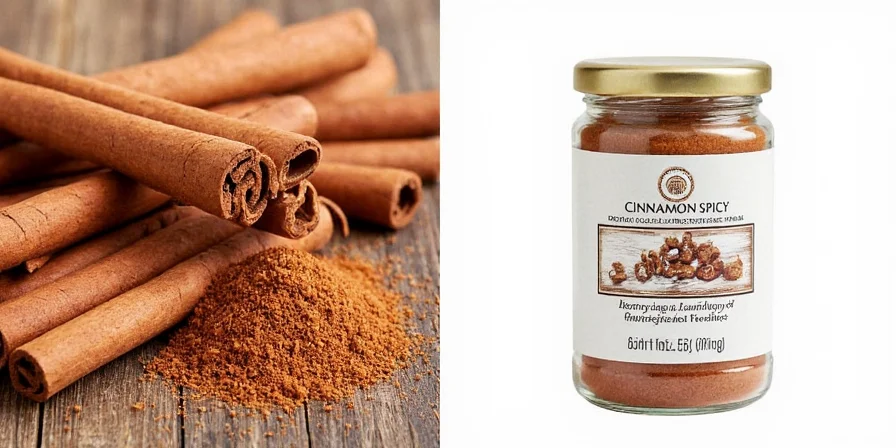









 浙公网安备
33010002000092号
浙公网安备
33010002000092号 浙B2-20120091-4
浙B2-20120091-4